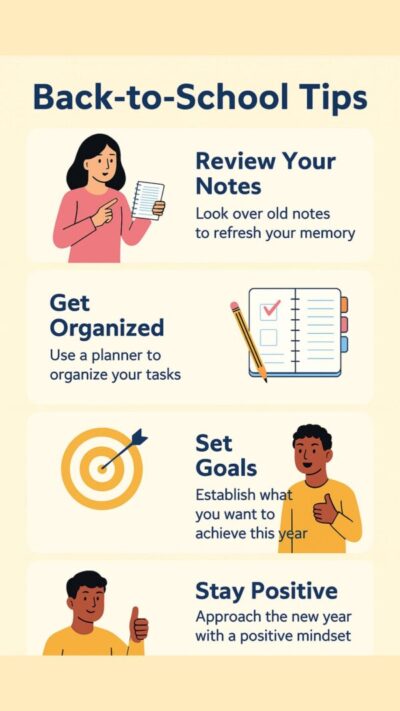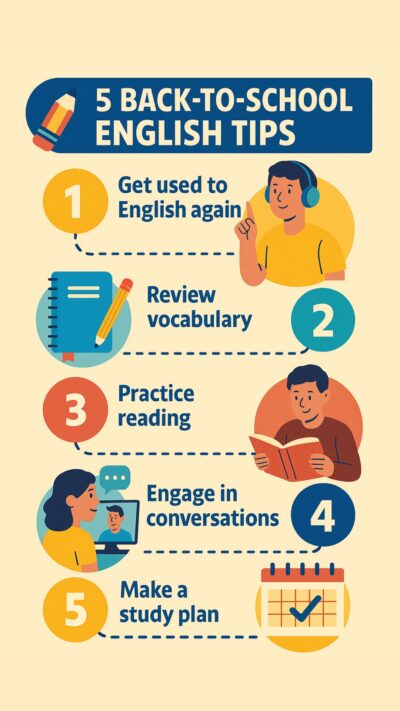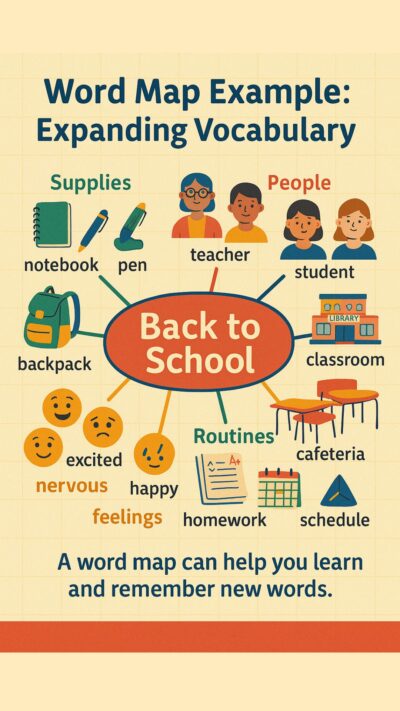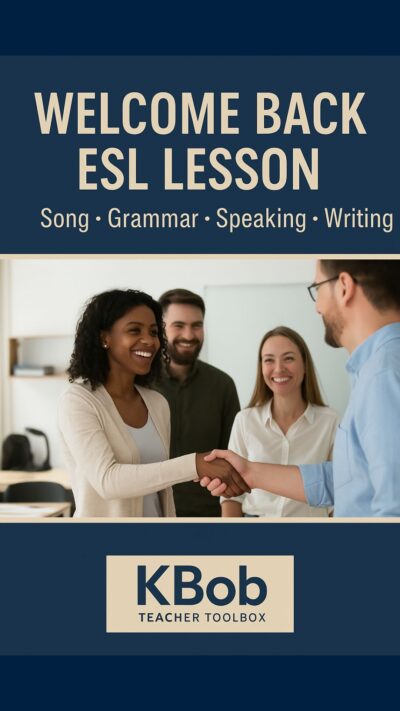Learn English through back-to-school traditions! Free worksheet, listening, speaking & writing practice. TPT lesson link inside.

Guess what? When you click and buy through our links, you’re doing more than improving your game. You’re supporting us in a way that doesn’t cost you extra but helps us keep bringing you the best drills and tips. It’s a slam dunk for both of us!
September often means new beginnings—back to school, fresh routines, and chances to improve your English. Whether you’re returning to class or just want to sharpen your skills, this lesson gives you real-world practice in listening, speaking, and writing.
Quick Summary
This post helps you practice English through the theme of going back to school. You’ll get a free worksheet, activities for listening and speaking, and the chance to connect with real-life situations. At the end, you’ll find a link to the complete lesson in my TPT store, plus other resources for learning.
Table of Contents
- Why start the school year with this lesson?
- Vocabulary and expressions you will practice
- Listening and speaking activities
- Song Activity – “Welcome Back” by John Sebastian
- Writing practice
- Free sample worksheet
- Where to find the full TPT lesson
- Back-to-school chart: What students bring vs. what teachers expect
- Infographic: 5 Tips for Learning English in September
- Visual: Word Map of Back-to-School Vocabulary
- Final thoughts
Why start the school year with this lesson?
Starting the year with familiar traditions helps you relax and learn English more easily. The topic of “back to school” is something we all share—making it the perfect way to connect vocabulary, speaking, listening, and writing skills.
| Beginning of School Year | Why It Helps |
|---|---|
| Familiar topics | Lower stress, easier practice |
| Shared routines | Builds connections with classmates |
| New goals | Encourages motivation |
| Review old skills | Refreshes memory |
What vocabulary and expressions will you practice?
Here are some useful back-to-school phrases:
- “Welcome back!”
- “How was your summer?”
- “What’s your schedule?”
- “I need school supplies.”
- “Let’s study together.”
Try using these expressions with a partner or in your journal. You can also practice one-on-one on italki with native speakers.
| Expression | Example Sentence |
| Welcome back! | Welcome back! Did you enjoy your vacation? |
| How was your summer? | How was your summer? Did you travel? |
| What’s your schedule? | What’s your schedule for Monday? |
| I need school supplies. | I need school supplies like pens and notebooks. |
| Let’s study together. | Let’s study together after class. |
How can you practice listening and speaking?
Listening is key for understanding. In the full lesson, you’ll hear real classroom conversations and practice repeating them. For now, try this:
🎧 Mini Listening Exercise:
- Listen to a friend or teacher say: “Welcome back to class. Did you bring your notebook?”
- Repeat it aloud three times.
- Change one word and say it again: “Welcome back to English class. Did you bring your pencil?”
Want more listening input? Programs like EnglishClass101 offer thousands of audio lessons.

Song Activity – “Welcome Back” by John Sebastian
What better way to begin a new school year than with a song that actually says “Welcome Back”? This classic tune by John Sebastian was written in the 1970s for the TV show Welcome Back, Kotter, but the message is timeless: it celebrates returning, reconnecting, and feeling part of a group again.
Why does this song work for ESL learners?
- Simple, clear lyrics – The words are short, direct, and easy for ESL students to follow.
- Repetition for practice – Key phrases are repeated, making it easier for students to catch rhythm and pronunciation.
- Positive classroom mood – Music lowers anxiety and creates a fun, welcoming environment.
How can this song be used in class or for self-study?
- First listen – Play the song without subtitles. Ask students what words they catch and how it makes them feel.
- Lyrics focus – Share the lyrics (or link to a lyric video). Highlight phrases like “Welcome back,” “we always could spot a friend,” and discuss meaning.
- Sing along – Encourage students to repeat or sing the chorus. It builds confidence with rhythm and pronunciation.
- Discussion – Ask: How do you feel coming back to school? Who do you “spot” as a friend in class?
Watch and listen on YouTube
How can you practice writing?
Write 3–5 sentences answering these questions:
- How do you feel about starting school again?
- What supplies do you need?
- What do you want to learn this year?
Keep your answers simple. For example: “I feel excited. I need a notebook. I want to learn more vocabulary.”
For extra structured practice, language apps like Mondly make daily writing and speaking simple.
Simple Sentence Starters
| Question | Starter |
| How do you feel? | I feel… |
| What do you need? | I need… |
| What do you want to learn? | I want to… |
Where can you get the free sample worksheet?
📥 Download your free Welcome Back Worksheet here:
This worksheet is a small part of the complete TPT lesson and gives you practice with listening, filling in the blanks, and speaking prompts.
Supplies Checklist
| Student Item | Teacher Expectation |
| Notebook | Yes |
| Pen/Pencil | Yes |
| Dictionary | Optional |
| Water Bottle | Allowed |
| Phone | Not during class |
Where can you find the full TPT lesson?
If you enjoyed this sample, check out the complete lesson in my TPT store.
You’ll find:
- A picture dictionary
- Listening activities with audio
- Speaking role plays
- Writing practice
- Worksheets for class or self-study
What does the back-to-school chart show about students and teachers?
The chart shows how both students and teachers can prepare for the school year. Students bring supplies and energy, while teachers create structure and guidance. It highlights the teamwork that makes learning smoother.
Visual Chart:
| Students | Teachers |
| Bring supplies | Provide lessons |
| Show up ready | Set expectations |
| Ask questions | Give feedback |
| Work together | Build routines |
What are 5 tips for learning English in September?
- Review your summer notes.
- Set small goals (3 new words a day).
- Practice speaking with a friend.
- Listen to English songs or news.
- Keep a daily journal in English.

How can you use a word map to expand vocabulary?
A word map helps you see connections between ideas, which makes remembering vocabulary easier. By putting one main word in the center and adding related categories and examples, you create a visual web of meaning.
Word Map Example:
- Center: “Back to School”
- Branches: supplies, people, places, feelings, routines
- Sub-branches:
- Supplies → notebook, pen, backpack
- People → teacher, student, classmate
- Places → classroom, library, cafeteria
- Feelings → excited, nervous, happy
- Routines → homework, schedule, break
Why It Helps:
- Organizes new words into categories.
- Shows relationships between vocabulary.
- Makes review faster and easier.
- Gives you a “big picture” of the topic.

What do you think are the final thoughts?
Back-to-school is more than just pencils and books—it’s a chance to practice real English you can use every day. With the right tools, you can start the year strong.
- What’s your favorite part about going back to school?
- What’s your least favorite part?
- How does English class help you in your life?
- Where is your favorite place to study away from school?
- Why are you learning English?
Answer the questions in the comments section below.
What do you think?
How do you feel about going back to school or starting a new routine? Share your answer in the comments!
How helpful has this blogpost been for you?
Do you have any questions?
Tell me in the comments. I’d love to hear from you.
I always reply.
Call to Action
👉 Download the free worksheet above.
👉 Visit the full TPT lesson.
👉 Try a free trial on italki, Rocket Languages, EnglishClass101, or Mondly.
👉 Don’t forget to sign up for my email list for more free worksheets and tips!
#ESLLesson #LearnEnglish #BackToSchool #AdultESL #ESLActivities #FreeESLWorksheet #ESLVocabulary #ESLPractice #ESLListening #ESLSpeaking #ESLWriting #EnglishTips #EnglishForAdults #EnglishTeacherKBob #TPTTeachers



What a wonderful reminder of how valuable real conversations are in the classroom! I love how your activities focus on making students feel comfortable speaking naturally instead of memorizing. The worksheets seem like such a helpful tool to guide practice while still encouraging creativity and confidence. It’s inspiring to see resources that not only build language skills but also boost students’ excitement about returning to school. Have you noticed any particular conversation topics that students seem to enjoy the most at the start of a new school year?
Hi Leahrae, welcome back. Thanks again for your comments. Tomorrow is the first day of class. I usually spend the first day having students talk about themselves and introducing one another to each other. I can’t say there’s a favorite conversation topic but when it’s real and something they can relate to, it makes it much more meaningful. They seem to like to talk about their families, especially if they have grandkids.
KBob